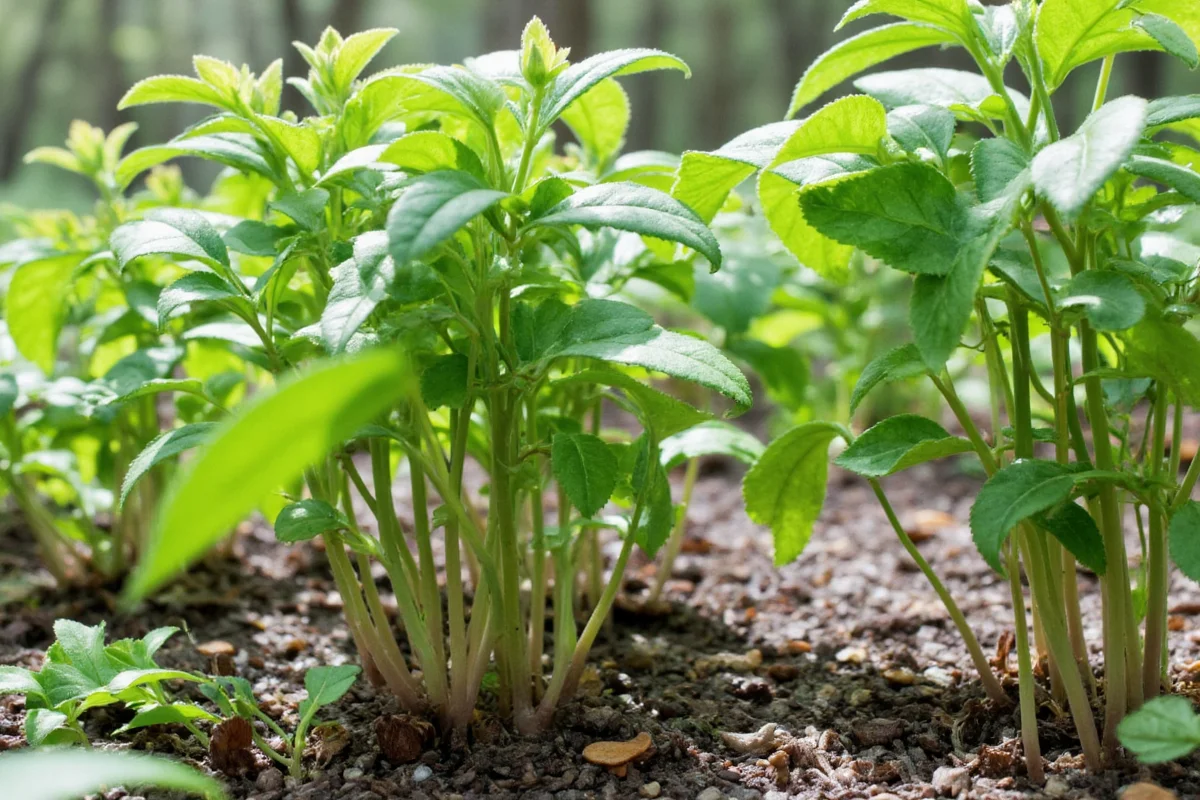Jade plants, beloved for their captivating appearance and resilience, have found a well-deserved place among houseplant enthusiasts. Known scientifically as Crassula ovata, these succulent marvels are celebrated for their lush, fleshy leaves and easy-going nature. Whether you're a novice or a seasoned gardener, understanding the types, care, and growing guides for jade plants will help you cultivate these green gems with confidence and ease. Let's delve into the essentials to ensure your jade plant thrives both indoors and outdoors.
Types of Jade Plants
While Crassula ovata is the most commonly recognized variety, jade plants boast several intriguing types, each with distinctive features that appeal to different aesthetic preferences. Here are some popular varieties:
- Common Jade Plant (Crassula ovata): The quintessential jade plant, showcasing rounded, thick leaves and a robust presence.
- Variegated Jade Plant: Notable for its striking variegation, these plants feature cream or yellow patterned leaves.
- Hobbit Jade Plant: Characterized by tubular, curled leaves lending a whimsical, fantastical appearance.
- Gollum Jade Plant: Similar to Hobbit, but with elongated, finger-like leaves, contributing to its peculiar charm.
- Red Tip Jade Plant: Distinct for its red-edged leaves, especially prominent when exposed to bright light.
Caring for Jade Plants
Caring for jade plants revolves around creating a comfortable environment that's not overly demanding. Key considerations involve:
- Light: Jade plants thrive in bright, indirect sunlight, though they can tolerate direct light for several hours. Placing them near south-facing windows promotes healthy growth and vibrant foliage.
- Watering: Succulent by nature, jade plants prefer well-spaced watering sessions. Allow the soil to dry between watering to avoid root rot, a common issue when watering is too frequent.
- Temperature: Jade plants adapt well to indoor conditions, flourishing at temperatures between 65°F and 75°F (18°C - 24°C). Avoid placing them in cold drafts during winter months.
- Soil: Employ a potting mix specifically designed for succulents that ensures excellent drainage. A blend of cactus soil and perlite or coarse sand is ideal.
- Humidity: These plants prefer moderate humidity levels, found typically within household conditions. No special humidity adjustments are typically necessary.
Growing Guide for Jade Plants
Planting or propagating jade plants demands attention but rewards with lasting beauty. Here's a step-by-step guide:
- Pot Size: Begin with a container slightly bigger than the root ball, avoiding immense pots which can retain excessive moisture leading to root issues.
- Propagation: Jade plants are easily propagated through leaf or stem cuttings. Allow cuttings to callous for a few days before planting them in a well-drained soil mix.
- Pruning: Regular pruning encourages a bushier growth and prevents legginess. Trim faded foliage or overly extended branches to maintain shape.
- Fertilization: Fertilize once or twice yearly during the growing season with a balanced, water-soluble fertilizer, diluted to half strength, ensuring lush growth.
- Repotting: Every few years, consider repotting to refresh soil and give roots more room, promoting healthy growth and preventing root-bound conditions.
| Factor | Details |
|---|---|
| Light | Bright, indirect sunlight; some direct light |
| Watering | Infrequent; allow soil to dry between watering |
| Temperature | 65°F - 75°F (18°C - 24°C) |
| Soil | Well-draining cactus mix |
| Humidity | Moderate |
Common Problems and Solutions
Being aware of potential issues and solutions will safeguard your jade plant's health and vitality:
- Leaf Drop: Commonly caused by overwatering or exposure to cold. Ensure appropriate watering practices and protect plants from drafts.
- Rotting Stems: Often due to excessive moisture and poor drainage. Re-pot in suitable soil and reduce watering frequency.
- Yellowing Leaves: Indicates poor health, often linked to soil issues, overwatering, or pests. Adjust care routines and check for infestations.
- Pests: Aphids and mealybugs occasionally target jade plants. Remove manually or with insecticidal soap, keeping an eye for recurring incidents.
- Leggy Growth: Insufficient light leads to elongated, sparse growth. Relocate to a brighter spot or enhance lighting conditions.
Conclusion
Jade plants are an attractive, minimal-care option for green-thumbed enthusiasts looking to expand their succulent collection or initiate a cozy indoor garden. Their diversity in form and color, combined with straightforward care requirements, makes them accessible to all levels of plant hobbyists. By understanding the varieties, care essentials, and growth techniques, your jade plant journey will be both rewarding and visually pleasing.











 浙公网安备
33010002000092号
浙公网安备
33010002000092号 浙B2-20120091-4
浙B2-20120091-4